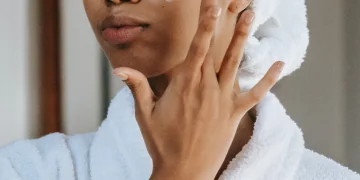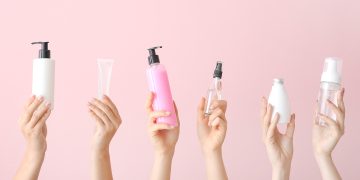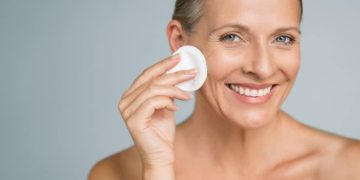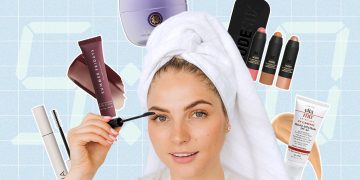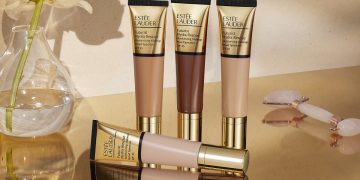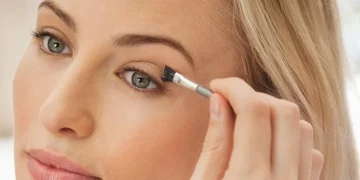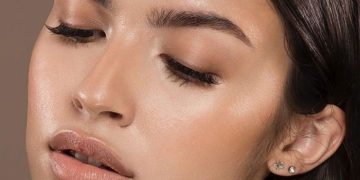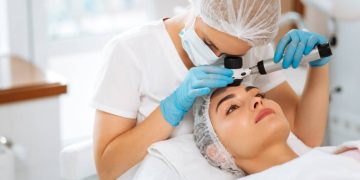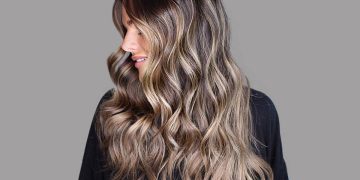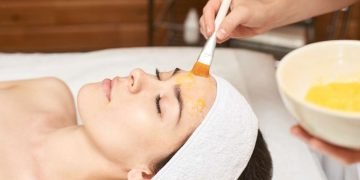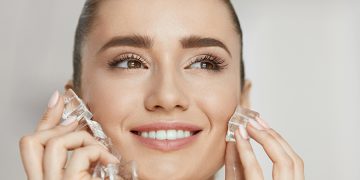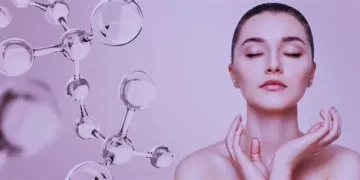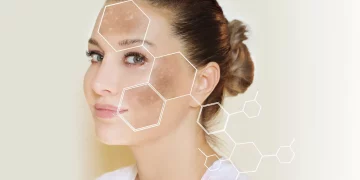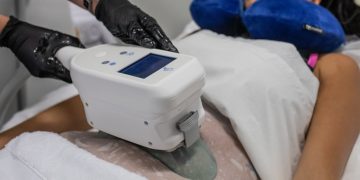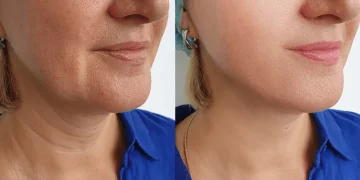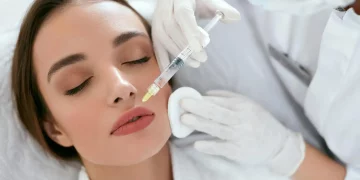Botox is often hailed as one of the most effective non-surgical cosmetic treatments available today. Whether you’re seeking a solution for wrinkles, fine lines, or just looking to refresh your youthful appearance, Botox has become a go-to option for many. In this comprehensive guide, we’ll walk you through everything you need to know about Botox, from its uses and benefits to understanding its risks. If you’ve ever wondered if Botox is the right choice for you, keep reading.
1. Overview of Botox and Its Uses
Botox is the brand name for botulinum toxin, a neurotoxin produced by Clostridium botulinum bacteria. While the term “botulinum toxin” might sound intimidating, Botox has been safely used in medical and cosmetic procedures for decades. Initially, Botox was used to treat a variety of medical conditions, including excessive sweating, migraines, and muscle spasms. Over time, its cosmetic benefits became increasingly popular, and it’s now most commonly associated with wrinkle reduction.
When Botox is injected into the skin, it temporarily blocks the signals from the nerves to the muscles. This results in the muscles relaxing, which helps smooth out the skin’s appearance by reducing the visibility of wrinkles. Botox is typically used to treat dynamic wrinkles—wrinkles that are caused by repetitive facial expressions such as frowning, squinting, or raising the eyebrows.
Some of the most common areas for Botox treatment include:
- Forehead lines: Horizontal lines that appear when raising your eyebrows.
- Crow’s feet: Fine lines around the outer corners of the eyes.
- Frown lines: Vertical lines between the eyebrows, often called “11s.”
- Bunny lines: Small wrinkles across the nose when scrunching up your face.
- Neck bands: Horizontal lines that appear on the neck as you age.
Botox can also be used to address medical conditions, such as:
- Excessive sweating (hyperhidrosis)
- Chronic migraines
- TMJ disorders
- Bladder dysfunction
2. Benefits and How Botox Works
Botox offers a wide range of benefits, particularly for those looking to enhance their appearance and reduce the signs of aging. Here are some of the key benefits:
- Minimizes Wrinkles and Fine Lines: One of the main reasons people turn to Botox is its ability to smooth out the skin and reduce visible wrinkles, especially on the forehead, around the eyes, and between the eyebrows.
- Non-Surgical: Unlike facelifts or other invasive cosmetic surgeries, Botox is a non-surgical procedure that requires no downtime, making it an attractive option for those who want to improve their appearance without the risk and recovery time associated with surgery.
- Quick Procedure with Minimal Discomfort: Botox injections are quick and relatively painless. Most people experience only a slight pinching or stinging sensation at the injection site.
- Long-Lasting Results: The results of Botox typically last between 3 to 6 months, depending on the individual and the area being treated. While it is not a permanent solution, the effects tend to improve with repeated treatments as the muscles weaken over time.
- Prevents New Wrinkles: Botox is not just for treating existing wrinkles. By relaxing the facial muscles, Botox can help prevent the formation of new wrinkles by minimizing the amount of facial expressions that lead to their development.
Botox works by blocking the release of acetylcholine, a neurotransmitter that sends signals from the nerve to the muscle. Normally, acetylcholine causes muscles to contract. When Botox is injected into specific muscles, it prevents acetylcholine from binding to the muscle receptors, thereby causing the muscles to relax. This muscle relaxation helps reduce the appearance of wrinkles and gives the face a smoother, more youthful look.

3. Ideal Candidates and What to Expect During the Procedure
Botox is a versatile treatment, but it’s important to remember that not everyone is a good candidate. The ideal candidates for Botox are typically individuals who:
- Are in good overall health
- Have visible facial wrinkles caused by muscle movement (dynamic wrinkles)
- Are not pregnant or breastfeeding
- Are not allergic to botulinum toxin or any of its ingredients
- Do not have any underlying neuromuscular conditions
Before undergoing Botox treatment, it’s essential to schedule a consultation with a licensed and experienced provider who can assess your needs and determine if Botox is appropriate for you. During this consultation, you’ll discuss your aesthetic goals, medical history, and any concerns you may have about the procedure.
On the day of your procedure, Botox injections are typically performed in an outpatient setting, such as a dermatologist’s or plastic surgeon’s office. The procedure is minimally invasive, requiring only a few small injections to specific areas of the face. Your provider will clean the skin and may apply a topical numbing cream to reduce discomfort, although most patients report feeling little to no pain during the procedure.
The actual Botox injection process usually takes about 10 to 15 minutes, depending on the areas being treated. Once the injections are complete, you can resume normal activities immediately. There’s no need for downtime, and you can even return to work or social engagements the same day.
4. Potential Side Effects and Risks to Consider
While Botox is generally considered safe, as with any medical procedure, there are some potential risks and side effects that you should be aware of before deciding to proceed. It’s important to discuss these risks with your healthcare provider during your consultation to ensure you make an informed decision.
Common Side Effects
- Temporary redness or swelling: Some patients may experience mild redness, swelling, or bruising at the injection sites. This is typically short-lived and subsides within a few hours to a few days.
- Headache: A common side effect of Botox injections is a mild headache, which usually resolves on its own after a few hours.
- Slight drooping: In rare cases, Botox injections can cause temporary drooping of the eyelids or eyebrows. This is typically due to the product spreading to unintended muscles, but it usually resolves within a few weeks.
Serious Risks
- Allergic reactions: While rare, some individuals may experience an allergic reaction to Botox. Symptoms can include itching, rash, or difficulty breathing. If you experience any of these symptoms, seek medical attention immediately.
- Muscle weakness: If Botox spreads beyond the targeted area, it could cause muscle weakness in nearby areas, leading to unintended effects like difficulty swallowing, speaking, or breathing. This is extremely rare but can be serious if it occurs.
- Botulism symptoms: In rare cases, Botox can cause symptoms that resemble botulism, such as difficulty swallowing, blurred vision, and muscle weakness. If you experience any of these symptoms, seek medical attention immediately.
Long-Term Effects
The long-term effects of Botox are not fully understood, as the treatment has only been widely used for a few decades. However, Botox is generally considered safe for long-term use when administered by a qualified professional. Repeated Botox treatments may even help to maintain the results and prevent the formation of new wrinkles.
Conclusion
Botox is a popular and effective treatment for reducing the appearance of wrinkles and fine lines, offering a quick, non-surgical option for those looking to maintain a youthful appearance. While it is generally safe, it’s important to carefully consider the potential risks and consult with a qualified provider before undergoing treatment. By understanding how Botox works, its benefits, and the possible side effects, you’ll be able to make an informed decision about whether this treatment is right for you. With proper care and attention, Botox can help you look and feel your best.

